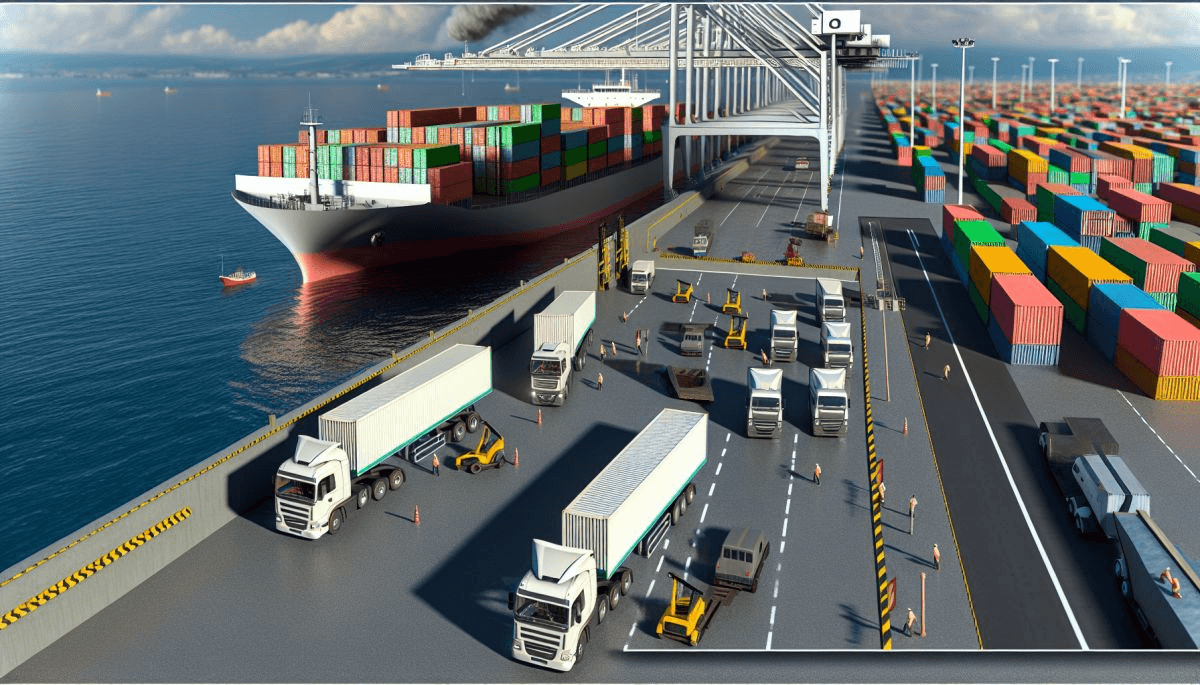Understanding the Georgia–Central Asia Trade Route
Navigating the complex corridors between Europe and Central Asia requires a strategic logistics approach. The Georgia-based logistics routes serve as a pivotal link, connecting European markets to Central Asian territories more efficiently and effectively. Utilizing the strategic ports of Poti and Batumi, Georgia acts as a gateway, bridging these vast markets.
Evaluating Potential Shipping Partners
When selecting a shipping partner for the crucial Georgia–Central Asia trade route, businesses must consider several factors. First, assess the partner's ability to handle Ro-Ro shipping in Georgia. This unique transportation method, which involves rolling cargo on and off ships, is essential for heavy freight and project logistics.
Importance of Poti and Batumi Ports
The key role of Poti and Batumi ports is undeniable, especially as they connect Europe (via Bulgaria and Romania) with Central Asia (Azerbaijan, Turkmenistan, Uzbekistan, Kazakhstan). These ports not only facilitate an impressive container shipping volume in Georgia but also serve as critical junctures for heavy freight movements.
Assessing Logistics Expertise
A potential shipping partner should have a strong presence in the Georgian shipping sector with proven expertise in handling various types of cargo, such as project logistics in Georgia. Understanding the operational intricacies of Georgia's ports, including their relationship with Turkey shipping companies, is an added advantage.
Conclusion
In summary, choosing the right shipping partner for the Georgia–Central Asia trade route involves evaluating the partner's proficiency in Ro-Ro transport, logistics capabilities, and their access to essential corridors. Effective partnerships capitalize on Georgia’s strategic location to optimize routes and improve supply chain efficiency.
For further insights and strategic shipping solutions, visit Leader Shipping's Official Website or explore the company blog for more industry information.

